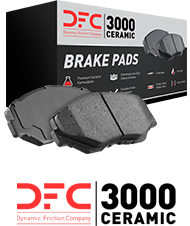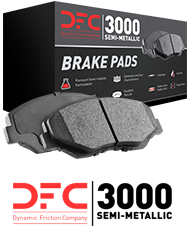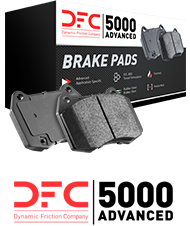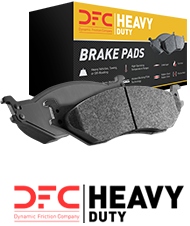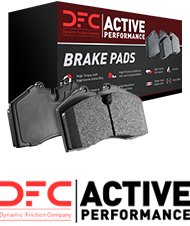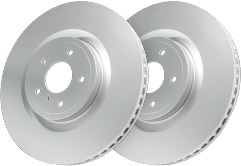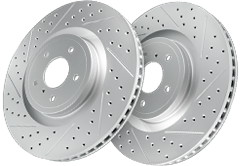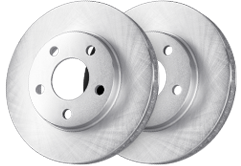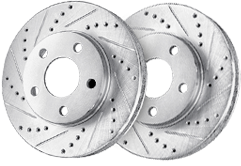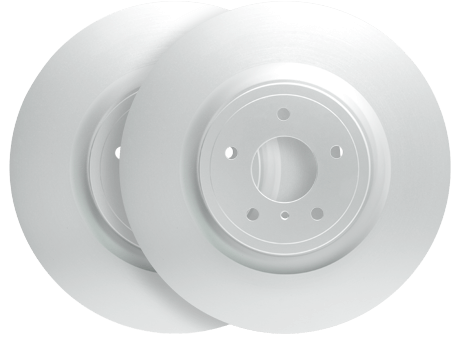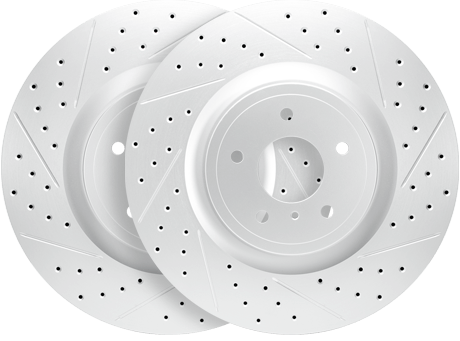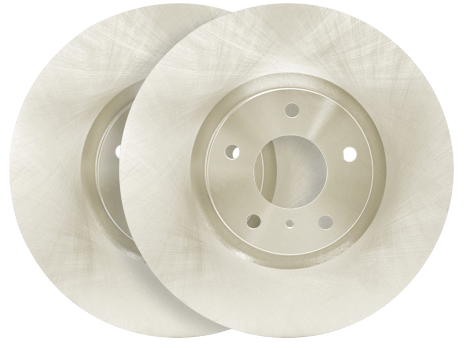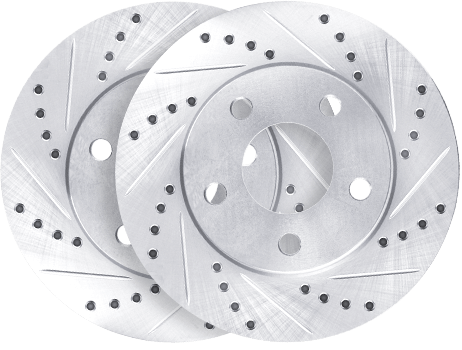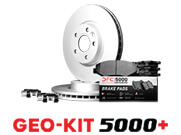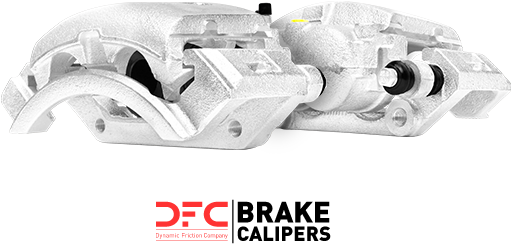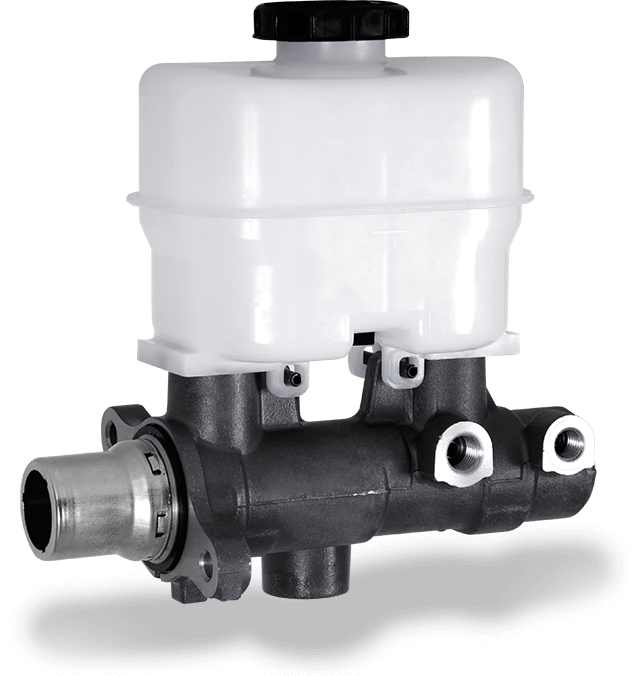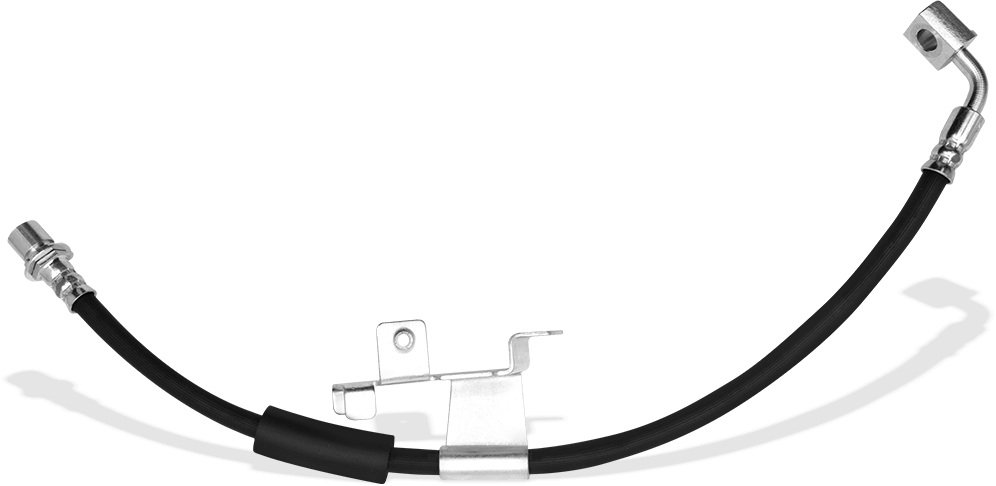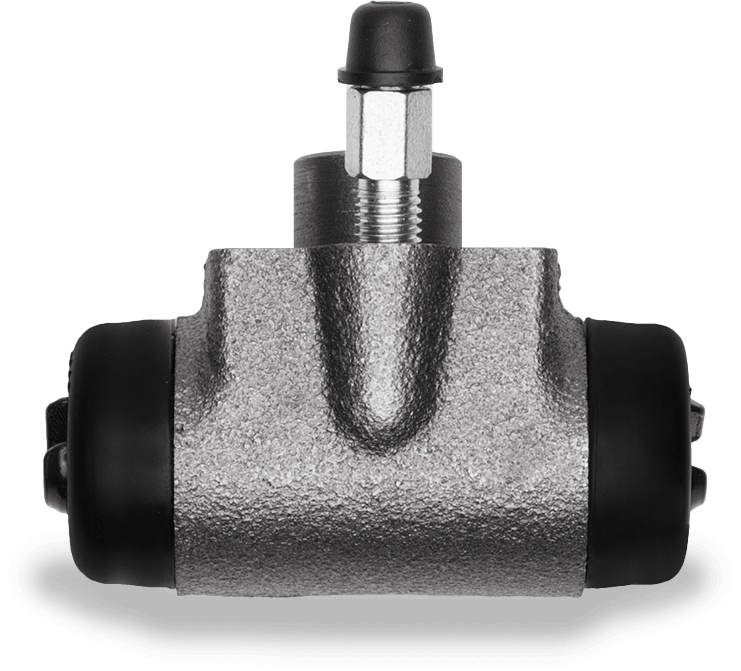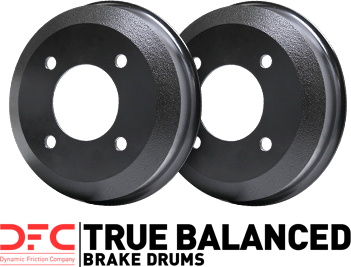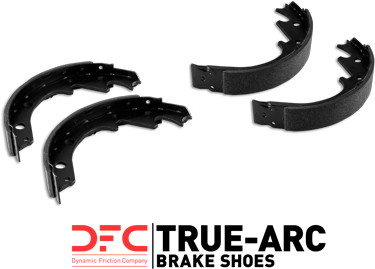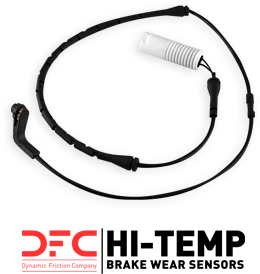When temperatures drop, drivers often face the nerve-wracking issue of brakes freezing up in cold weather. This not only disrupts your driving experience, but also poses a safety risk. Our article cuts through the cold to deliver essential guidance on why this happens and how you can respond effectively to keep your car’s brakes functioning smoothly in cold weather.
Key Takeaways
- Moisture in low temperatures can cause brake components to freeze together, leading to reduced brake performance and potential damage to the braking system.
- Immediate actions for thawing frozen brakes include letting the car idle to generate heat, gently rocking the car, and applying directed heat, as well as driving carefully if the brakes are still functional.
- Preventative measures for avoiding frozen brakes include parking indoors, regular maintenance checks, using car covers, and adopting driving techniques like engine braking to reduce brake wear.
Understanding Brake Freeze in Frigid Temperatures

As the temperature drops, water can sneak into the small gaps between the brake parts and the pads or shoes that press against them. If it gets cold enough to freeze, this water turns to ice, which can make these parts stick together.
This moisture issue is more than just about freezing; it speeds up the wear and tear on brakes in cold weather, leading to more brake problems. If brake lines are exposed to extreme cold for too long, they can develop cracks. These cracks allow water to get in and freeze at 32°F, which is warmer than what you would expect for brake fluid to freeze.
The Science Behind Frozen Brakes
Brake components, including brake pads and rotors, are especially susceptible to the harsh conditions of cold weather. The winter months can intensify the deterioration process and result in more rapid wear, often resulting in increased instances of brake problems.
During colder periods, moisture or grime that becomes lodged between the brake disc and pads may freeze due to low temperatures. Just like how your tongue can become stuck to an ice-cold metal pole in the winter, the brake pads can also freeze to the discs in your car’s braking system.
Identifying Frozen Brakes
If you suspect that your car’s brakes may be frozen, listen closely for unusual noises when you start driving after the vehicle has been stationary overnight. These sounds can suggest that the brake components have become frozen.
Experiencing a hard-to-press brake pedal, particularly during cold weather following extended periods of non-use, is another typical sign of this problem. Frozen pads or linings might lead to wheels seizing up, a situation often precipitated by chilly nights with moisture present among the parts of the brake system.
If there’s noticeable sluggishness in acceleration once you take your foot off the brake pedal and an apparent decline in how effectively your car stops—these could point toward complications with rust or moisture affecting either performance or causing resistance within the brakes due to freezing conditions.
Thawing Out Your Brakes: Immediate Actions
If you suspect that your car brakes are frozen, here are some actions you need to do to thaw it without adding damage:
- Start your car and leave it idle for at least 10 minutes to generate heat and melt any ice on the braking system, especially the parking brake.
- Use a hairdryer to direct focused warmth on icy areas around your vehicle’s wheels or parking brake to quickly thin out the ice.
- For iced-up rear drum brakes, place some weight in your trunk and gently shift the car back and forth between drive and reverse gears to loosen any icy buildup.
- If the car moves but the brakes feel excessively frictional, drive for a short distance to create friction-induced heat, which can help melt slight ice accumulations in the braking system.
- Employing the gentle rocking technique can efficiently and safely remove ice from your brakes. The strategy entails subtly maneuvering the vehicle to-and-fro to shatter any ice accumulation without exerting excessive force on the brake pedal, thus safeguarding the braking system from potential harm.
- Using a super soaker loaded with hot water allows for precise application and melting of ice on your frozen brakes through a focused stream. These methods will enable you to safely hit the road without undue delays.
Preventative Measures to Keep Brakes Unfrozen
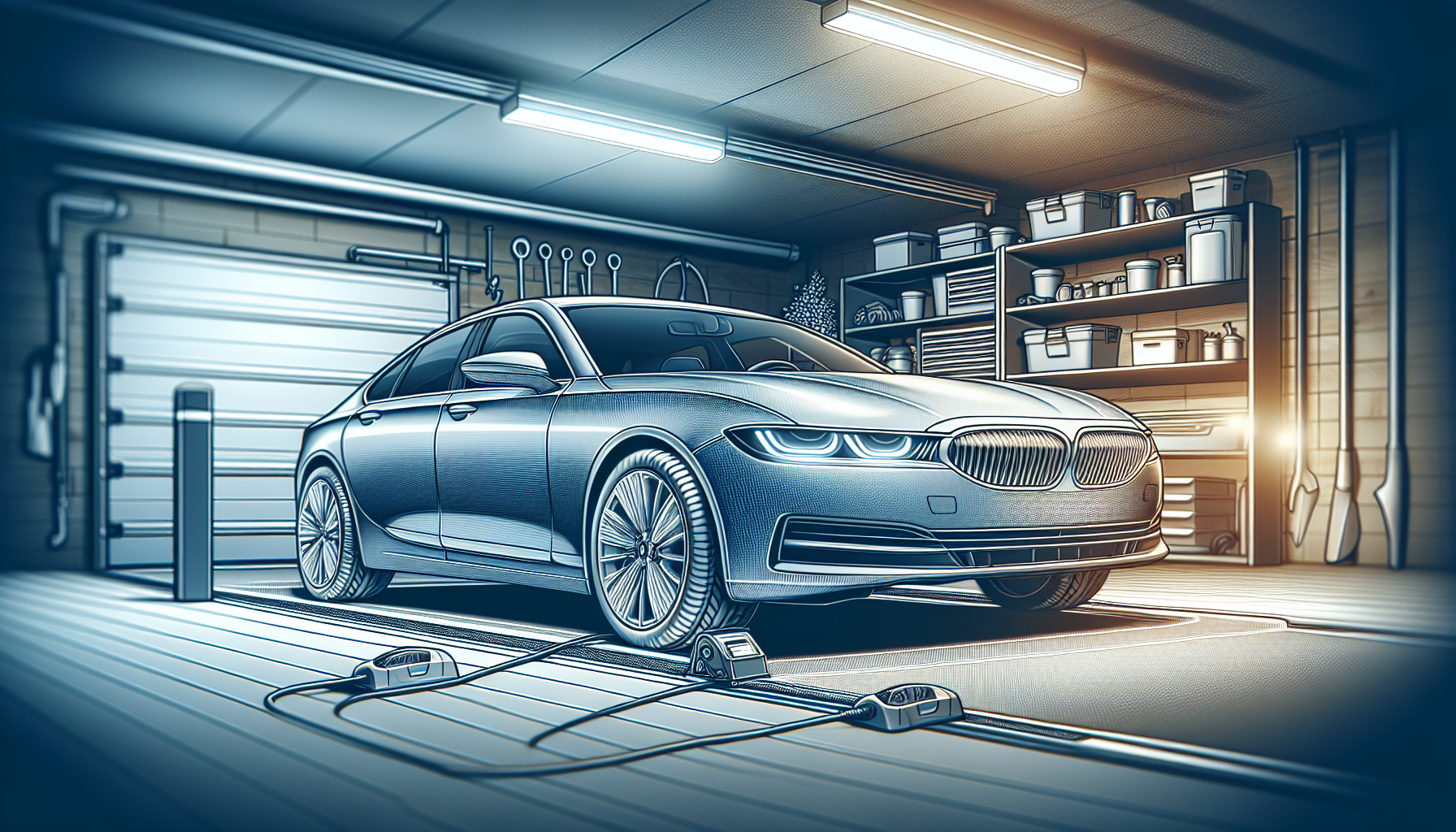
The old saying “better safe than sorry” definitely applies to preventing your car’s brakes from freezing. If you can, try to park your car inside during the winter. This simple step can significantly reduce the chances of your brakes freezing up.
Keeping up with your car’s recommended brake service schedule is also important. It ensures that your brakes are in good working order and less likely to be affected by the cold. Taking these proactive steps is much easier and safer than dealing with frozen brakes when the temperature plummets.
Regular Maintenance Checks
Every strategy to prevent brake freezes must incorporate consistent maintenance inspections. These examinations are critical for assessing the condition of the brake lines, as they help identify possible complications like fractures, perforations, and penetration by moisture that might cause braking difficulties in chilly conditions.
Regular assessments of the brake pads and rotors are imperative for preserving optimal functionality of brakes, especially during times when cold weather elevates the risk of encountering brake issues. It’s essential to replace brake pads that appear to be less than 1/4 inch thick upon visual inspection so as to guarantee efficient performance of brakes.
Protective Practices for Overnight Parking
Even without a garage, you can safeguard your car’s brake system from the harsh freeze. Utilizing a car cover when parked overnight shields the brakes and helps avoid moisture-induced seizure as temperatures drop.
Keeping your vehicle under a covered area will also help deter rust accumulation on brake rotors by keeping it dry. Reducing excess weight in your car can aid in warding off complications with the brakes during extended parking periods in cold environments.
The Impact of Winter Driving Conditions on Braking Systems

Winter conditions can be tough on your car’s brakes. Using your brakes a lot on icy roads can make them too hot, which makes them work less effectively. If snow and water get on the brake pads, you might need to press harder and for longer to slow down the car, which also heats up the brakes.
If your brakes are less responsive or make squeaking sounds, they might be too hot. To prevent this, try not to press on the brake pedal constantly, use the brakes gently, take advantage of engine braking to slow down without using the brakes, and keep a good distance from the car in front of you.
Too much heat from overusing brakes in winter can wear them out faster. Regular checks are important to make sure your brakes are ready for the cold. Using engine braking, which means shifting to a lower gear to slow the car, can help keep your brakes from getting too hot.
By understanding how winter affects your brakes and taking steps to reduce their workload, you can drive more safely and keep your brakes in good shape.
Engine Braking and Its Benefits
During the winter, it’s a good idea to use engine braking to take care of your car’s brakes. This technique slows down the car by shifting to a lower gear, letting the engine do the work instead of the brakes.
Using engine braking when you drive on icy roads helps you control the car better and puts less strain on the brakes. This way, your brakes won’t overheat from being used too much, and they’ll last longer without wearing out from the heat.
Cold Weather and Brake Fluid Dynamics
The dynamics of your brake fluid are impacted by cold weather, which can also affect the components of your braking system. When temperatures drop to around -22C (-30F), there’s a possibility for the brake fluid to thicken and move more slowly, hindering its ability to convey braking force with full effectiveness.
Frigid conditions may cause harm such as cracks or ruptures in the brake lines that could let water seep into the system. This infiltration raises the risk of freezing within parts of the brake system. Despite having a resistance to freeze until roughly -40°F, any degradation in quality or integrity of both fluid and lines might prompt freezing issues that compromise how well your brakes function.
When it gets really cold out, thickened fluid is especially troubling because it may prevent proper operation of systems like Anti-lock Braking System. That system relies on finely tuned pressure modulation during braking. This precision helps maintain control and traction during stops.
Choosing the Right Brake Fluid
Choosing the right brake fluid is just as critical for vehicle maintenance as tending to your brake components. It’s imperative that you use the type of brake fluid specified by your vehicle’s manufacturer, ensuring optimal lubrication and function of the braking system when temperatures drop.
Brake fluids are specifically designed to maintain their thickness across various temperature extremes and usually won’t freeze until they hit roughly -40°F. This ability to withstand freezing is vital to maintaining reliable brake performance in chilly environments.
Tackling Rust and Corrosion Challenges
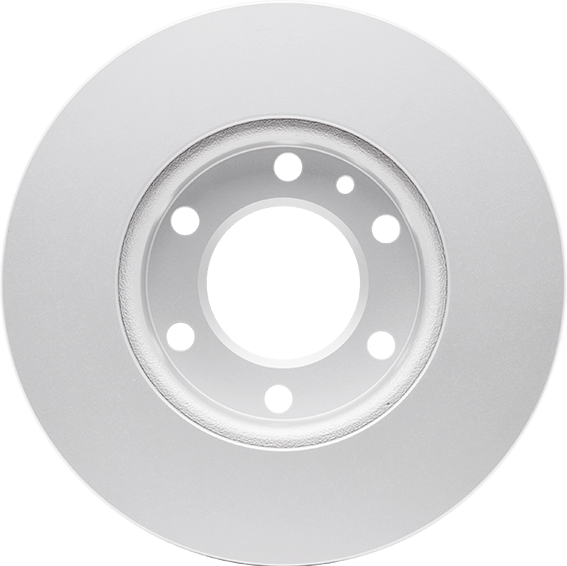
The onset of winter weather can pose additional threats to your vehicle’s brakes, with rust and corrosion being major concerns. The accumulation of road salt, commonly applied during snowy conditions, coupled with moisture from snowmelt, can fast-track the deterioration process on brake components leading to pitting in the brake rotors.
To combat these issues effectively, it is recommended to use zinc-plated, specifically like Dynamic Friction’s Geospec coated brake rotors which are designed for better resistance against corrosive elements.
It also helps to regularly clean your brakes to eliminate any buildup of road salt and drive frequently enough so that surface rust is naturally scraped off by the action of the pads on rotors. Significant rust buildup could greatly diminish braking effectiveness and may even cause the brake pads to adhere strongly onto the rotor—such scenarios endangering vehicular safety due needlessly prolonged stopping distances.
Cleaning Strategies to Combat Rust
Maintaining cleanliness of your brakes is essential for preventing excessive rust accumulation, particularly in cold weather. Frequent washing of your car during and subsequent to the winter months helps eliminate soil, salt, and impurities that can lead to rusting, thereby prolonging the lifespan of your vehicle.
By periodically shifting the vehicle gently between drive and reverse positions you can shake off any rust or salt buildup which might cause the brakes to seize up during cold periods. Adopting these straightforward cleaning techniques is crucial for preserving both brake functionality and vehicular safety.
Recognizing When to Seek Professional Help
No matter how diligent you are, sometimes it’s imperative to seek expert assistance for your brake problems. Signs that suggest a professional replacement of the brake rotors is required include:
- Extensive rust accumulation
- Deep scoring
- Visible grooving on the surface
- Experiencing vibrations during braking
If you notice a lot of rust on your car’s brakes, it’s important to get them checked at a repair shop right away. A professional mechanic can ensure your brakes are safe and working properly.
Summary
From understanding brake freeze in frigid temperatures to recognizing when to seek professional help, we’ve covered a comprehensive guide to prevent and tackle cold weather brake problems. Remember, regular maintenance, adopting protective practices, and using the right brake fluid are key to a safe and smooth winter driving experience.
Frequently Asked Questions
Can brake fluid freeze?
While brake fluid can become extremely viscous to the point where it fails to efficiently convey force from the master cylinder to the wheel brakes, it does not solidify like water does because it is an oil-based substance.
How do you unfreeze frozen brakes?
To resolve the issue of frozen brakes, consider methods such as shutting off and then restoring the air supply, gently rocking the trailer back and forth, using a hammer to break them loose, or allowing them to defrost in an environment with warmer temperatures.
Addressing this problem swiftly is crucial for maintaining road safety.
Why do my brakes stick in the cold?
During cold conditions, moisture present between the disc/drum and brake pads can solidify due to freezing temperatures, leading to the sticking of brakes and the seizing up of wheels. Rust accumulation in these areas might contribute to this problem.
How can I prevent my brakes from freezing?
Ensure regular maintenance inspections of your brakes to stop them from freezing, opt for indoor parking spots whenever they are available, and adhere to preventive measures when parking outside overnight.
When should I seek professional help for brake issues?
If you observe significant rust accumulation, scoring, grooves on the brake components, or experience vibrations during braking, it’s imperative to consult with a professional. These symptoms signal critical problems with your brakes.
Promptly attending to these issues is vital for maintaining road safety.

 UNITED STATES
UNITED STATES